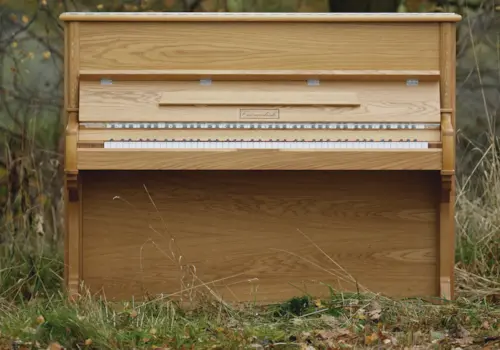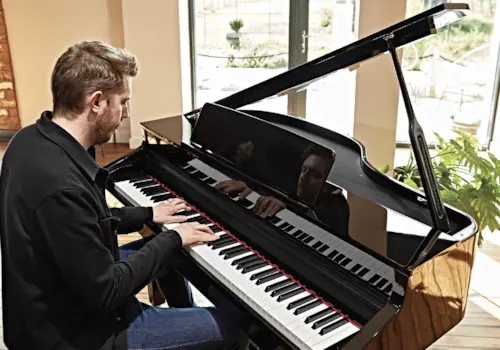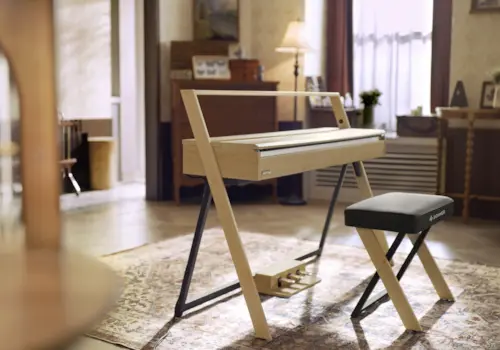08 September 2025
|
We could all do with a little bit of help when it comes to learning Bach's famous '48' Read Daniel-Ben Pienaar's tips below.
Prelude
There is a tradition for playing this piece rather fast, like a kind of toccata and it can be done very excitingly in this way. Listen to Richter, who sounds impressively regimented, or Feinberg, whose ‘windswept’ version is breathtaking, or Edwin Fischer, who manages a tantalising detached touch. However, the opening section does not necessarily have to be up tempo. If you compare the earlier version of this piece (in the notebook for WF Bach) with the version in the Well-Tempered Clavier you see how Bach transformed a simple exercise piece into something with a dramatic shape (most of the second half belongs only to the later version). The Presto section can be very effective if taken at twice the speed of the opening page, so the opening should therefore be taken rather slowly. Make it a study in touch and control rather than in dexterity. In this way the tension builds (especially over the extended pedal point in bars 21-27), until it is released in the fast section, which sets the stage for the rhetorical flourishes at the end. Glenn Gould explores all sorts of tricks of articulation and ‘over-holding’ of certain notes on the first page. Another source of reference for me is the opening moments of the St John Passion with its brooding, ruminating semiquavers. The wonder of this piece is that it yields to so many different approaches – as long as your aim remains a poetic one!
Watch Vikingur Ólafsson play the Prelude:
Fugue
This piece should have a good, buoyant rhythm and texture. In Bach’s livelier music, think of ‘heavy’ and ‘light’ notes rather than ‘legato’ or ‘staccato’. A binary attitude to articulation can be so depressing in the fugues. Equally unbearable is an accent on every beat, so a good starting guide for how many ‘heavier’ notes there should be is to listen to the harmonic rhythm. It’s important to feel a ‘lilt’ of two or even one in a bar and use these notes as a kind of outline for shaping the phrases – in the case of the subject, the descending A flat, G, F and E flat. Another idea is to feel the difference between the more strict counterpoint (like in bars 7-8, 11-12 etc.) and the more free-wheeling, sequential episodic material (bars 9-10, 13-14 etc). Sometimes this episodic material can be playful (e.g. bars 7-8) or sometimes it can drive the music to a goal (e.g. bars 17-19). Also explore differences in touch (for example a spruce detaché for the unaccented quavers or a more singing touch for the semiquaver scales – maybe particularly when they are ascending). There are so many interesting possibilities here – the last thing this should feel like is some kind of ‘contrapuntal duty’!
Watch Sir András Schiff play both the Prelude & Fugue:
Bach's Prelude & Fugue in C minor BWV 847 appeared inside issue 79 of Pianist magazine.







